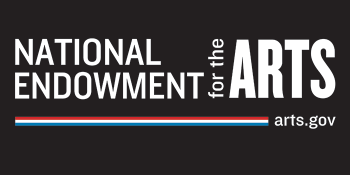By: Rudy R.
There are many trees that reach their adulthood on soil that lacks the minerals needed in order to reach their fullest potential. Meanwhile, on the other side of the world, on a distant land, trees flourish on soil that is very rich, granting them the opportunity to grow and mature to their fullest ability.
Anyone could reflect on these two distinctive lands to the men and women that migrate along with their children to the United States every year in pursuit of a better life and future. They depart from their homeland escaping poverty, hunger and violence. In the United States there exists much more opportunity to succeed than in other lands, yet still there is discrimination from the mouths of the ignorant people upon those who arrive. Instead of them feeling flattered they chose their land, instead of offering a helping hand, they discriminate and order them to leave.
Without a doubt, U.S. soil clearly seizes a better chance for one to succeed opposed to many other lands. For the time being, there still exists a sort of segregation from these two different lands. Certainly, the brighter one is clearly the better option.
The Rapidian, a program of the 501(c)3 nonprofit Community Media Center, relies on the community’s support to help cover the cost of training reporters and publishing content.
We need your help.
If each of our readers and content creators who values this community platform help support its creation and maintenance, The Rapidian can continue to educate and facilitate a conversation around issues for years to come.
Please support The Rapidian and make a contribution today.

